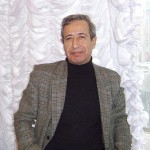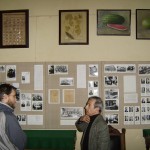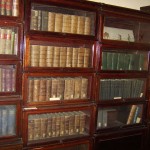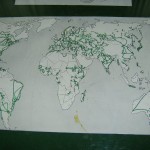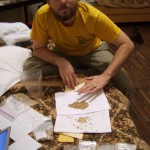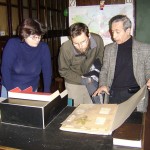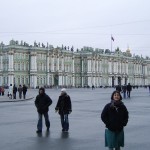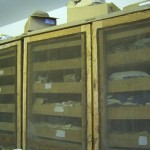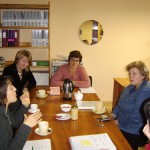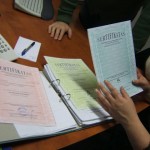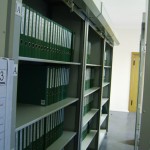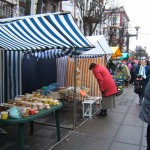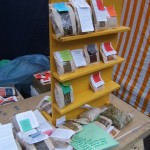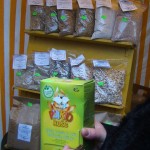We left St. Petersburg by bus on Friday, January 12, and 36 hours later found ourselves in Berlin. Two hours after that we were in the town of Greifswald, on the Baltic Sea but identified as Eastern Germany more than Northern. Nevertheless, as we proceeded north on the train we noticed more and more “grunkohl” (= a curly leafed, bright green kale common in Denmark) in people’s dachas (the Russian word for little gardens away from one’s home).
We were met at the train station by Mareen Protze, one of the members of the board of directors for Naturschutzjugend Deutschland (NAJU). NAJU is Germany’s largest youth environmental action organization, with over 80,000 members throughout the country. NAJU has many local and national environmental initiatives, including an internet game program where members score points based on different conservation/preservation activities, such as cleaning streams or building birdhouses.
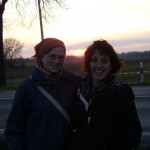
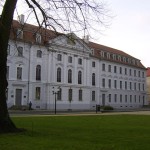
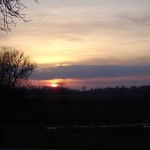
Photos L to R: Mareen & Sarah, place of study, northern germany at sunset.
But there is also an international scope: One of the things that NAJU does is coordinate International Exchanges over the summer, where participants can see what young people are doing on behalf of the environment in other parts of Europe. NAJU provides the organizational tools for any member of the organization to plan an exchange trip with a country and focus of their choice, and then makes the trip available to other people within the organization. Mareen has planned trips to Belarus and Poland in this way. These trips, and many others, focus on social exchange as well as environmental topics. For example, there is one trip this summer between Germany and Serbia that focuses on hip-hop culture in the two countries. As with many social and environmental initiatives, Germany seems to be leading the way with this one.
